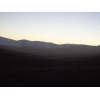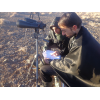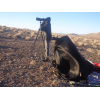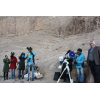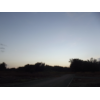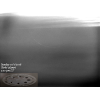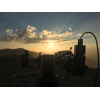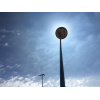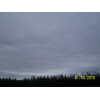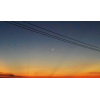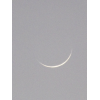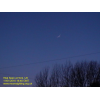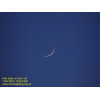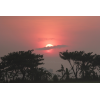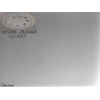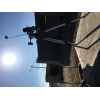Visibility of Rabee' Al-Aakher Crescent 1437 AH
- When to Observe Rabee' Al-Aakher Waxing (NEW) Crescent ?
- Rabee' Al-Aakher Waxing (NEW) Crescent Observation Results
- The OFFICIAL First Day in Different Countries
- When to Observe Rabee' Al-Awwal Waning (OLD) Crescent ?
- Rabee' Al-Awwal Waning (OLD) Crescent Observation Results
When to Observe Rabee' Al-Aakher Waxing (NEW) Crescent ?
The geocentric conjunction (Geocentric New Moon) will occur Inshalla on (Sunday 10 January 2016) at 01:30 UT.
Sighting the new crescent on (Sunday 10 January 2016) and (Monday 11 January 2016) is shown in the below graphs using the program Accurate Times by Mohammad Odeh according to Odeh criterion. Where:-
- It is impossible to see the crescent from the areas located under the red color. Because either the Moon on this day sets before the Sunset and/or the topocentric conjunction occurs after the Sunset.
- The crescent is expected to be seen by optical aid only from the areas located under the blue color.
- The crescent is expected to be seen by optical aid from the areas located under the magenta color. In these areas the crescent could be seen by naked eye if the atmospheric conditions are superb and the observer is experienced.
- The crescent is expected to be easily visible by naked eye from the areas located under the green color.
- The crescent cannot be seen from uncolored areas, even though the Moon sets in these locations after the Sunset and the topocentric conjunction occurs before the Sunset, but the Moon is not sufficiently illuminated in order to be seen as crescent even by optical aid.
- Kindly notice that the below graph shows the possibility of seeing the crescent from areas between 60 degrees north of Equator down to 60 degrees south of Equator.
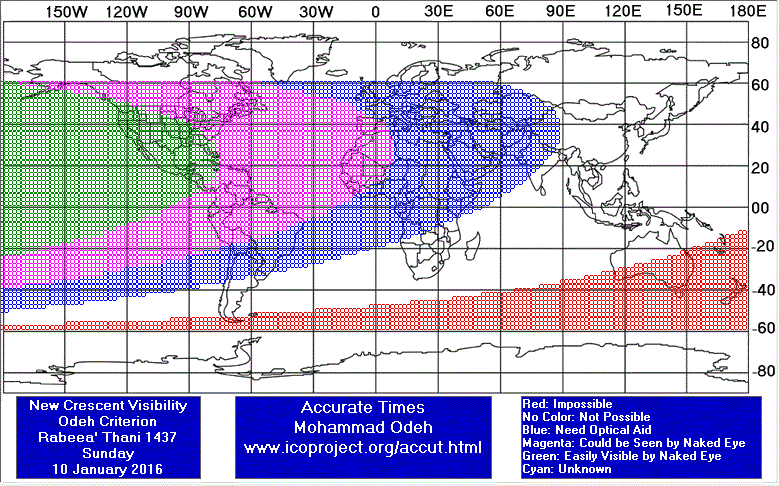
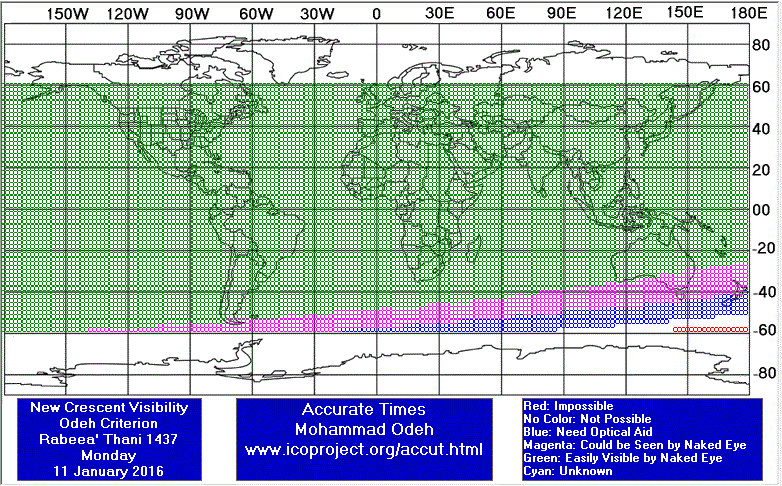
According to the Universal Hejric Calendar (UHC), which is based on the calculated crescent visibility, the start of this month in the Eastern Region will be on Monday 11 January 2016 and in the Western Region will be on Monday 11 January 2016. Kindly notice that the UHC is a pre-calculated calendar, which adopts a certain criterion to start the new Hejric month. Your country/organization might adopt different criterion to start the new Hejric month. So it is highly advised to read the UHC website before giving any judgment.
- Results of seeing the crescent, and the first day of the month in different countries will be added here Inshalla as we receive the reports from ICOP's members. If you wish to be a member in ICOP, or to know more about it, kindly click here.
Rabee' Al-Aakher Waxing (NEW) Crescent Observation Results
Sun 10 January 2016
Ghana
Mr. Baba Abdulai said: "Date of sighting effort; Sunday January 10, 2016. The crescent was NOT seen in this location. The sky was largely hazy per my observation. Sighting effort was made between the hours of 17:55 and 18:02 local time. I actually did not expect to see the crescent because moon age after conjunction was only around 16 and half hours; with moonlag time being around 35 minutes. And Allaah (SWT) Knows Best. Sighting community; Sagnerigu, Tamale."
Iran
Mr. Hossein Janghorbani said: "In the name of God Rabee' Al-Aakher Crescent Observation Report Astronomy and Geophysics Center of Shahreza – The Crescent Association of Shahreza Report by: Hossein Janghorbani (Najmosepehr-Sadrolmonajjemin) – Manager of Shahreza Crescent Association and Red Crescent’s Astronomy and Geophysics Center Date: Sunday, 01/10/2016 Location: 23 kilometers far from Dehaghan to Borujen (latitude: 31° 55' N, longitude: 51° 25' E, elevation: 2354 m from sea level, time zone: +3.5 GMT) Equipments: one set of 15*70 binoculars Celestron Sky master, one set of 20*90 binoculars , one compass. Atmospheric condition: clear. Horizon obstacles: about 1.8° Apparent sunset: 17:07 Results: crescent moon was not seen Observers: 1.Heydar Alli Asgari 2. Mohammad Javad Nikeghbal 3. Hossein Janghorbani 4. Sayed Farzad Alavi "
Eng. Ali Janghorbani said: "Observer's: 1- Fatemeh Tavakoli 2-Zahra Farokhpoor 3-Masoomeh Haffar 4-Ziba Haffar 5-Naeemeh Sadat Saniee 6-Fatemeh Hadad 7-Narges Shahnazari 8-Tayebeh Shafiee 9-Zahra Jamali 10-Azam Erfan 11-Zahra Fallahi 12-Ali Janghorbani 13-Mahdi Ghasemi 14-Ali Moslehi 15-Abdoreza Gholami"
Iraq
Morocco
Dr. Hassan Talibi said: "أكد زملاء في الجنوب المغربي بمنطقة اسا الزاك وزميل آخر من أكادير أنهم ايضا راقبوا الهلال فلم يروه. كما أعلنت وزارة الأوقاف عدم ثبوت رؤيته. الصورة المصاحبة توضح صفاء الجو دون هلال"
Netherlands
Nigeria
Saudi Arabia
Mr. Turki Alamri said: " i arrived to al figrah 12:00 pm LT so clear skies Suddenly clouds came i tried to capture the new crescent but the program gone crazy because of the clouds, first sigh was 5:00 pm, after sunset I tried to see it throgh my telescopes but it does not appear. (THE IMAGE INFORMATION) image time 5:00 pm LT T. Elongation: +06°:56':10 T. Illumination: 00.37 % AOD 625 NM = 0.15 IR 610 NM FILTER "
South Africa
Dr. Abdurrazak Ebrahim said: "The first day of the new month will be on Tuesday, 12 January 2016"
Sri Lanka
Mr. Abdul Rahman Razeen said: "A.alaikum. Today the evening of 10-01-2016AD=29-3-1437AH was the sighting day in Srilanka for the month of Rabee-un-issanee 1437AH.I was about to go to my sighting place but i was asked to participate in the C.G.M. Hilal Committee meeting.Today the lag was21mnts.The prediction of the astronomers is not favorable for naked eye sighting. Anyhow as a Fardh-Kifayah our C.G.M.H.C. with the A.C.J.U.H.C. arranged hilal sighting authority groups right around Srilanka.As we received negative reports from the most part of the island it was decided by the president of the C.G.M.H.C.Moulana Riyadh (Baari) to complete the month of Rabee-un-ilawwal as 30days and to begin the month of Rabee-un-issanee on Tuesday 12th of Januar"
United States
Dr. Javad Torabinejad said: "I arrived at my sighting location (Blacksburg Middle School) a few minutes after sunset (sunset: 5:22 pm EDT). Facing a totally cloudy horizon, I stayed there only for a short time (moonset: 6:23 pm)."
Mon 11 January 2016
Australia
Indonesia
Mr. AR Sugeng Riyadi said: "On Monday evening (11 Jan 2016), we could not see the new crescent of Rabiul Akhir 1437 AH from Assalaam Observatory, Sukoharjo Surakarta Central Java. The new crescent was sighted by mr. Ahmad I. Adjie and team from Gorontalo Indonesia."
Morocco
Nigeria
Mr. Yunusa Yakubu said: "Ten of us went for the second day outing in an effort to teach our new members some sighting techniques."
United Kingdom
Eng. Qamar Uddin said: "We were unable to see crescent moon yesterday (10/1/2016), but it was easily seen in many places today (11/1/2016) - see attached photos. The month of Rabi-ut Thani 1437 AH will start from tomorrow (12/1/2016) in the UK, InshaAllah."
United States
Dr. Javad Torabinejad said: "My first naked eye sighting was at 5:28 pm EST (sunset: 5:23 pm). The western horizon was mostly clear. The horns were at 3:00 and 7:30 O'clock (3:00;5:00;7:30). I ended the session well before moonset (moonset: 7:27 pm)."
The OFFICIAL First Day in Different Countries
Mon 11 January 2016
1 . Indonesia
2 . United States
Tue 12 January 2016
1 . Australia
2 . Morocco
3 . Netherlands
4 . Nigeria
When to Observe Rabee' Al-Awwal Waning (OLD) Crescent ?
The geocentric conjunction (Geocentric New Moon) will occur Inshalla on (Sunday 10 January 2016) at 01:30 UT.
Sighting the OLD crescent on (Sunday 10 January 2016) and (Saturday 9 January 2016) is shown in the below graphs using the program Accurate Times by Mohammad Odeh according to Odeh criterion. Where:-
- It is impossible to see the OLD crescent from the areas located under the red color. Because either the Moon on this day rises after the Sunrise and/or the topocentric conjunction occurs before the Sunrise.
- The crescent is expected to be seen by optical aid only from the areas located under the blue color.
- The crescent is expected to be seen by optical aid from the areas located under the magenta color. In these areas the crescent could be seen by naked eye if the atmospheric conditions are superb and the observer is experienced.
- The crescent is expected to be easily visible by naked eye from the areas located under the green color.
- The crescent cannot be seen from uncolored areas, even though the Moon rises in these locations before the Sunrise and the topocentric conjunction occurs after the Sunrise, but the Moon is not sufficiently illuminated in order to be seen as crescent even by optical aid.
- Kindly notice that the below graph shows the possibility of seeing the crescent from areas between 60 degrees north of Equator down to 60 degrees south of Equator.
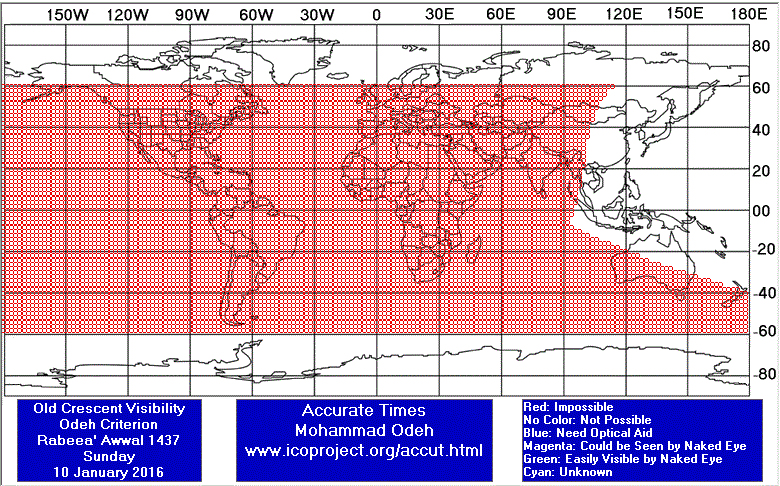
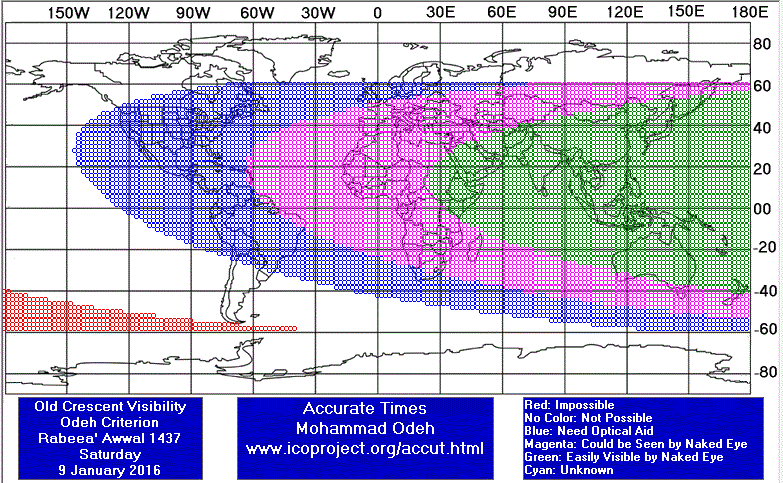
Rabee' Al-Awwal Waning (OLD) Crescent Observation Results
Sat 09 January 2016
Indonesia
Mr. AR Sugeng Riyadi said: "The old crescent of Rabiul Awal 1437 AH was not seen on Saturday, 09 Jan 2016 from Bendo Ketitang Juwiring Klaten Central Java Indonesia. The sky was partly cloudy. "
Saudi Arabia
Mr. Turki Alamri said: "at 6;00 am GMT IR FILTER 742 T. Elongation: +10°:31':15 tod 500 nm = 0.23 aod 500 nm = 0.097 tod 625 nm = 0.16 aod 625 nm = 0.08"
